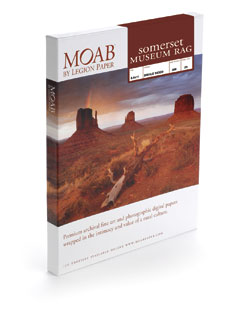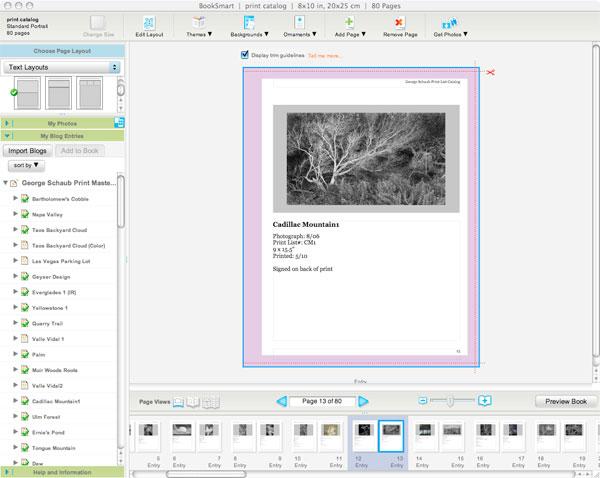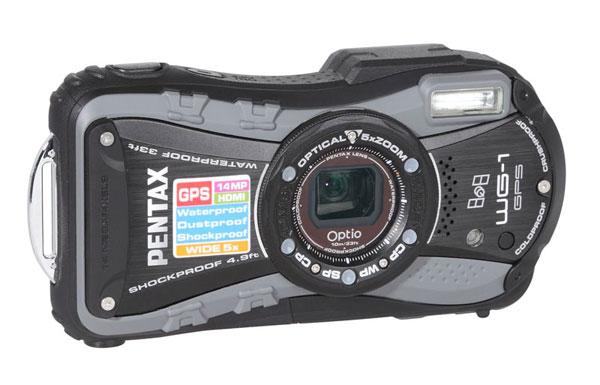George Schaub
|
Jul 15, 2011
|
Jul 14, 2011
|
Jul 12, 2011
|
Jul 11, 2011 |
First Published: Jun 01, 2011
|
Jul 11, 2011 |
First Published: Jun 01, 2011
|
Jul 07, 2011 |
First Published: Jun 01, 2011









